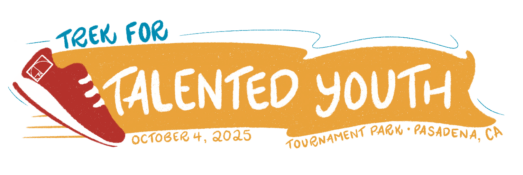by Morgan Carrion, Assistant to the President
“The world is fairly studded and strewn with pennies cast broadside by a generous hand. But- and this is the point- who gets excited by a mere penny? But if you cultivate a healthy poverty and simplicity, so that finding a penny will literally make your day, then, since the world is in fact planted in pennies, you have with your poverty bought a lifetime of days.” – Annie Dillard, Pilgrim at Tinker Creek
As someone prone to dwell in the weightiness of things, this idea has been a real gift to me. Beauty and goodness in some shape or form abound on this earth. All we need to do is notice. Though there are many ways to nurture “a healthy poverty and simplicity,” humility and attentiveness are a good place to start. When we engage our lives and surroundings with humility, we allow ourselves the grace to be surprised and delighted, without presumption or judgement. Learning to be attentive is just a way of showing up.
I find that when I spend a little bit of time looking at something carefully, it helps me see everything else a little bit differently. Blind drawings are one of my favorite ways to practice this.
Blind Drawings
Blind drawings have a two-fold pay off: First, they are a wonderful way of slowing down and examining a familiar object in a new way. Second, they always yield quirky, expressive, and just downright interesting representations of the subject. For this exercise, spend 2 minutes drawing an object without ever looking at your paper. I will demonstrate by drawing one of my hands. (See detailed instructions below.)
Supplies
A piece of paper, a pen and two hands
Set-Up
Grab a paper and pen and set it up so that you only need one hand to draw. Now, rest your non-dominant hand in a comfortable and visually interesting position. Your non-dominant hand (the hand you will be drawing) should be far enough away that you can’t see it when you are looking at your paper.
Before you begin to draw, take a moment to carefully examine the resting hand; allow your eyes to slowly trace the exterior and interior lines. What shapes do you see? How do the different parts relate to each other? If you were to draw horizontal and vertical lines across your hand, what parts would line up with one another?
Ready, set, draw!
Remember, the trick to this is not thinking about what you are drawing, but focusing mainly on what you are seeing. Now, pick up your pen and rest it on your paper. Fix your eyes upon the object resolving to not look at your drawing hand or paper at all for the next two minutes. Choose a starting point with your eyes, place your pen on the paper (remember, don’t pick it up for the next two minutes) and begin to draw.
When you are finished, you may look at your drawing and feel disappointed by how much it does not look like your hand. BUT, I want to encourage you to take a moment and look at the drawing, not as a representation of a hand, but as an expression of your observation. People are my absolute favorite subjects to draw this way. If you are up for it, try that next!
Like this post? Sign up for our email newsletter to receive more stories, information, and resources about gifted youth straight to your inbox.



